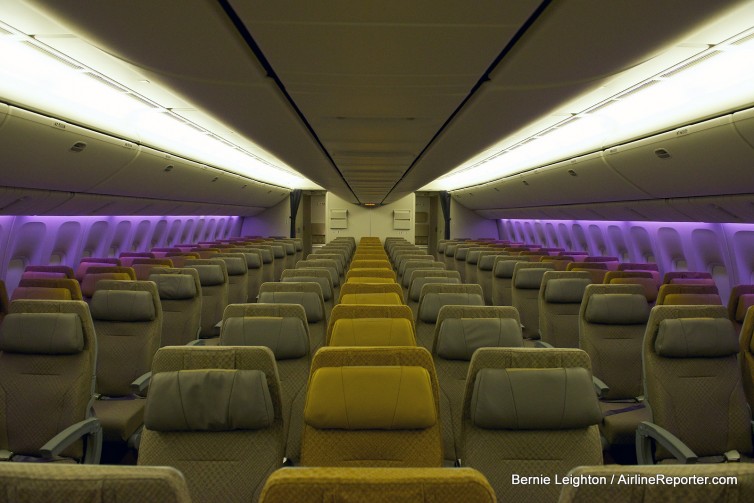
In October 2015, it appeared that Cathay Pacific was ’˜flirting’ with the idea of changing its long-haul 777 economy class from a 9-abreast to a 10-abreast cabin. This appears to be correct, since Cathay Pacific gauged the responses of some of its most loyal Marco Polo customers in a recent survey to see whether they […]
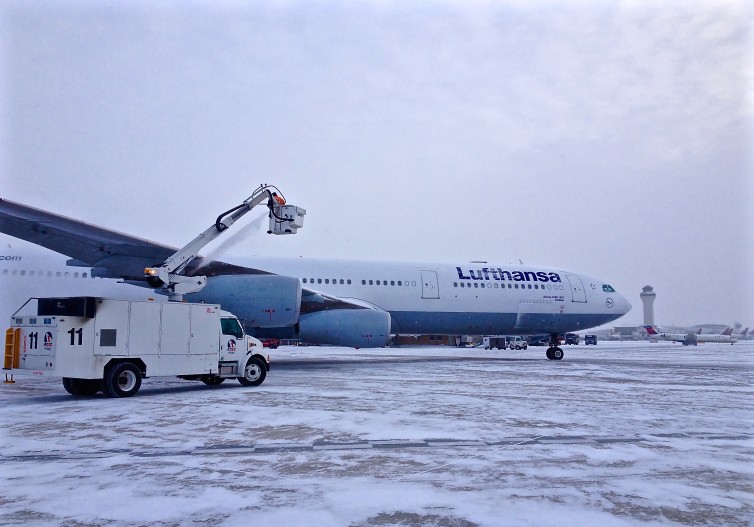
You”re sitting on a airliner preparing to depart from a major hub in the U.S. midwest, staring out the window. On a clear spring day, you”d pushback and be off the ground in moments, and see the shining Great Lakes and expanses of green fields and trees immediately after takeoff. That day is not today.
No, the scene out your window is white and grey as far as the eye can see. Amber and red strobe lights, from both aircraft and ground vehicles, add to the almost surreal landscape. It”s winter in the northern states.
Up front, your pilots intently listen in on two frequencies on the radio: airline ramp control, responsible for push-backs and gate coordination, and one even more specialized channel: the deicing control frequency. Amidst the chatter are pilots, ramp agents, tower personnel, and others all racing to solve a dozen different problems around the ramp, most of which can be blamed on cold and snow.
The captain picks up the PA microphone. ”Good afternoon folks, it”s gonna be a little while before we”re able to push-back for departure. Please take your seats and we”ll get moving as soon as we can. We”ll keep you posted.”
We all know winter weather is a major driver of flight delays and challenges for airlines, but what exactly are some of the things happening at the airport that keep your plane sitting on the ground those extra minutes when the flakes are flying?
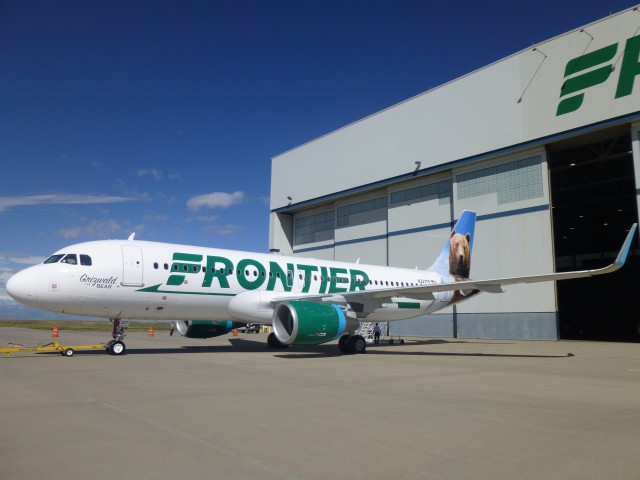
Looking at the market today, and lots of talk about additional airline mergers, it seems that Frontier and Spirit joining forces would make sense.
With the recent completion of the American Airlines and US Airways merger, there are officially four major U.S. airlines that control over three-quarters of the domestic air travel market. The four airlines are: Southwest, United, American, and Delta. All of them have been through mergers in the last decade. The remaining twenty-five percent of the market is divided up amongst carriers such as JetBlue, Alaska Airlines, Spirit Airlines and Frontier Airlines, amongst a few others. There is a very small likelihood that another merger would occur amongst the major four airlines due to antitrust regulations. Therefore, any airline consolidation would most likely happen among the smaller carriers that control the remaining twenty-five percent of the market, in an effort to better compete with the four mega-carriers.
One potential merger that appears to be the most promising is a deal between Fort Lauderdale, Florida-based Spirit and Denver, Colorado-based Frontier. Spirit operates around 250 daily domestic departures, while Frontier operates at somewhere around 230 departures daily. The merger would combine two companies positioning themselves fighting to be the top ultra discount airline in the United States.
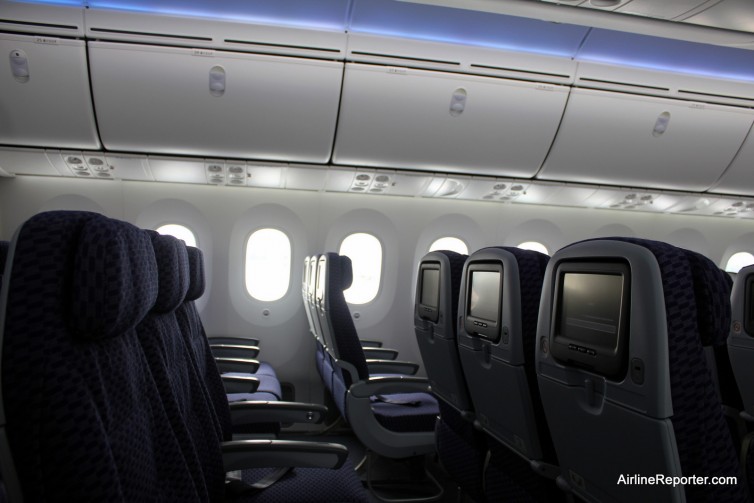
United’s daily service from Los Angeles (LAX) to Melbourne (MEL), Australia is the world’s longest Boeing 787 Dreamliner flight. The long flight (UA98 is scheduled for 15 hours, 50 minutes) allowed me to not only put the 787-9 to the test, but also United’s Economy Plus product. Flights from LAX to Melbourne take off in […]
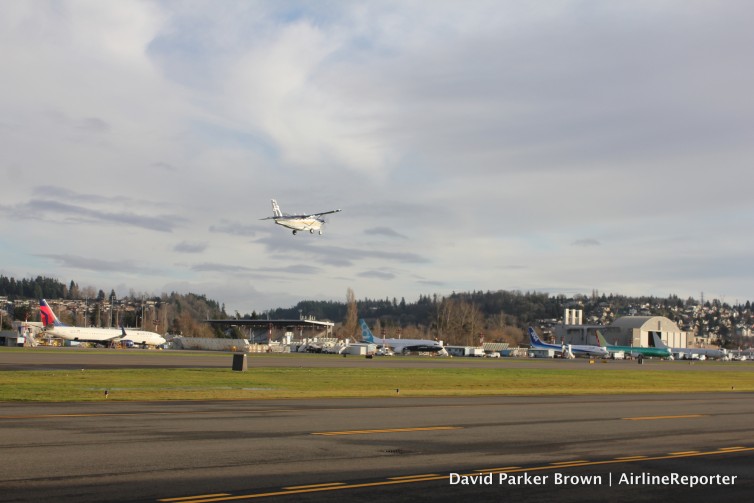
As an airport manager, and on behalf of airport management all over the country, I wanted to take a moment and say thank you! If you have flown commercially recently, then this message of gratitude is specifically for you. Why? Well, because you are directly contributing to the financial well-being of the airport. And no, […]




